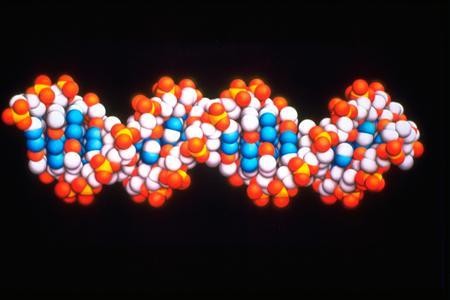British scientists have discovered a new method to tell twins apart by examining the different melting points of their DNA. This could be an effective tool when police investigate one or both twins who are suspects in crime cases.
The cases in which such a tool would be required are "rare." However, legal expert Jennifer Mnookin says that there are situations in which identical twins blame each other for a crime, or both twins deny they were guilty.
The process involves heating the DNA samples to a point at which hydrogen bonds in their DNA breaks. That is the DNA's "melting point." More bonds equal a higher DNA melting temperature.
Each twin's DNA melts at a temperature that is a little different. This can result from lifestyle differences such as sunlight exposure or smoking, according to WSOC TV.
To make their discovery, researchers required five sets of identical twins to use a cheek swab to submit their DNA. In one case the researchers could distinguish between all five sets of DNA.
However, the method is not foolproof. Dr. Graham Williams, the lead researcher, shares that DNA from a crime scene might not provide a DNA sample of the highest quality.
Georgina Meakin of University College London also says that the new method is a "step forward," according to New Scientist. However, she explains that twins who share the same habits and environment might have very few epigenetic (non-DNA cell change) differences.
The current method for comparing the DNA of identical twins accused of a crime is expensive and is done in a month. It involves looking for subtle differences in the twins' genomes.
The British researchers' new findings are published in the journal Analytical Biochemistry.



























